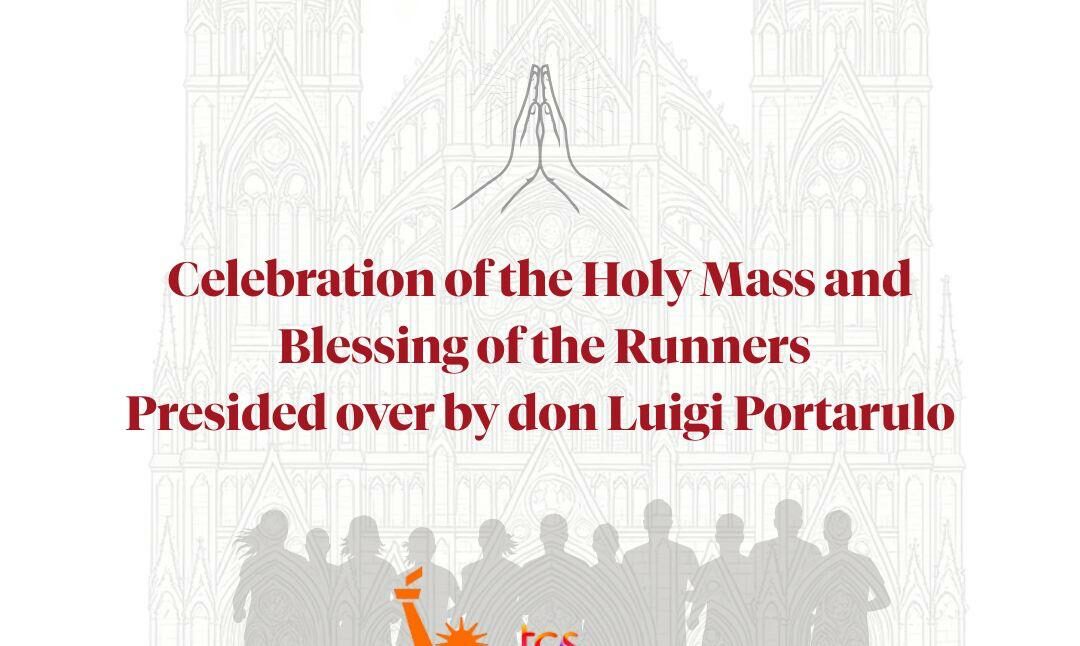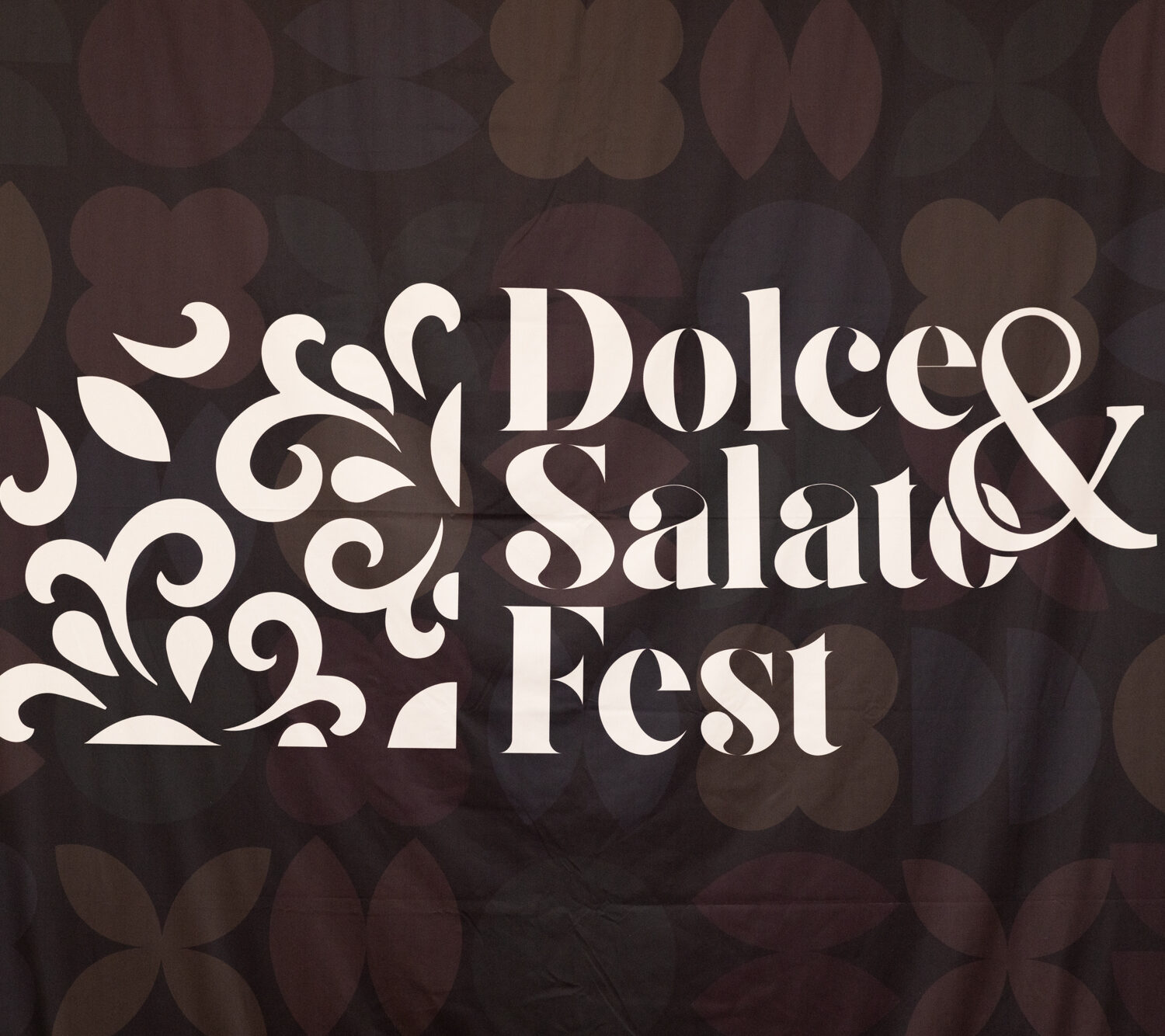Thursday, November 13, 2025, at 6.30 p.m., within the United Nations Headquarters in New York, one of the celebratory events of the 70th Anniversary of Italy’s admission to the General Assembly of the United Nations, with the inauguration of an exhibition exhibition and the presentation of the historical-photography book entitled “70 years from Italy’s accession to the United Nations Gabriel – Italian blue helmets at the service of Easter”.
The event was promoted by the Ministry of Defense and carried out by the Greater Defense State and is part of a broader programme of events aimed at the dissemination of the relevant role of the Italian Armed Forces in Operations of Peace under UN law. Italy has the primacy, among the western countries, of the highest number of soldiers at the service of peace as well as in the delicate mission in Lebanon, UNIFIL, entrusted to the command of the General of Division of the Italian Army, Dioda Abagnara.
On 14 December 1955, at the conclusion of an evening meeting of the Security Council, Italy’s accession to the United Nations General Assembly was approved. Together with Italy, Albania, Jordan, Ireland, Portugal, Hungary, Austria, Romania, Bulgaria, Finland, Ceylon, Nepal, Libya, Cambodia, Laos and Spain were allowed.
The ceremony was attended by the Permanent Representative of Italy at the United Nations in New York, Ambassador Maurizio Massari, Mr. Atul Khare, General Undersecretary for Operational Support for UN Peace Operations, Permanent Representatives at the United Nations and Military Officers (MILADs) of numerous Italian Member States, representatives of the European Union, journalists of the Italian Civil Union and the Italian Civil Union.
During the celebration, they took the word: Italian Ambassador Maurizio Massari, USG Atul Khare and the General of Division of Carabinieri Alfonso Manzo, Deputy for Defense and Military Councillor for the Permanent Representation of Italy at the United Nations, who highlighted the fundamental contribution offered by the Italian Armed Forces to peacekeeping operations under the aegis of the United Nations, even before Italy joined. In fact, Italian participation in multilateralism and international security of the UN began in the late 1940s, when our military took part in the most delicate crisis scenarios of that period: from that between India and Pakistan, to the Italian Trust Administration of Somalia, to the Congo, where 13 Italian aviators in Kindu will be brutally hacked.
A reverent thought was addressed by all Relators to the approximately 50 Italian Military who fell to the service of Peace over 70 years of UN peacekeeping.
Explaining the contents of the volume as well as those of the exhibition, it is clear that the concept of peacekeeping of the UN began to emerge in the early 1950s, when Dag Hammarskjöld, Secretary General of the United Nations from 1953 to September 1961, created a different way of managing international crises, passing from the solo array of uniform staff with more fundamental tasks of observation and interposition to a more fundamental activity neutrality, consent of the Parties in conflict and use of the force limited to the defense of the UN Staff.
The peacekeeping operations which the United Nations deployed between the mid-1960s and the late 1980s helped to structure the containment procedures for regional conflicts. Moreover, the challenges and criticalities that they faced in those 25 years were only a anticipation of those that will be realized, with even greater intensity, from the 1990s of the last century.
With the end of the Cold War, which had greatly influenced international politics and its pivotal principles (the ability to intervene, the use of force, the concept of sovereignty, multilateralism), the UN peacekeeping operations returned to their abode.
Continuing, during the first 5 lusters of the 21st century, whose beginning coincides with the drafting of the Brahimi Report – a true milestone of modern peace-keeping and peace-building – the UN operations reached for the first time, in 2010, the record figure of more than 100,000 even Peacekeepers committed simultaneously. The amount of funds allocated at the same time for peacekeeping operations was more than twice that of all UN missions from 1948 to 2000.
Among the most distinguished Italians in the service of peace promoted by the UN:
il Generale di Brigata dell’Esercito Italiano Franco Angioni, Comandante del Contingente Italiano in Libano tra il 1982 e il 1983;
il Generale di Divisione dell’Esercito Italiano Alfonso Pessolano, dal 1991 al 1994 Comandante di UNMGIP (United Nations Military Observer Group for India e Pakistan);
il Sottotenente delle Infermiere Volontari della Croce Rossa Italiana Maria Cristina Luinetti, decorata Ordine Militare della Repubblica Italiana, prima donna italiana caduta in missione di pace il 9 dicembre 1993 a Mogadiscio (Somalia);
Giandomenico Picco, in servizio al Segretariato Generale delle Nazioni Unite dal 1973 al 1991. Nella veste di diretto Collaboratore di Javier Perez de Cuellar, Segretario Generale delle NU dal 1982 al 1991, diede uno straordinario contributo alla pace ed alla sicurezza internazionale, flemmatizzando la crisi tra Grecia e Turchia sulla questione di Cipro, a quella tra Francia e Nuova Zelanda (1985), in Afghanistan (1989) e in Libano (1991);
i 5 Comandanti italiani di UNIFIL dal 2006 ad oggi, tra i quali il Generale Claudio Graziano e il Generale Luciano Portolano hanno poi conseguito l’incarico di Capo di Stato Maggiore della Difesa.
Article The 70-year commemoration of Italy at the United Nations in New York comes from IlNewyorkese.






